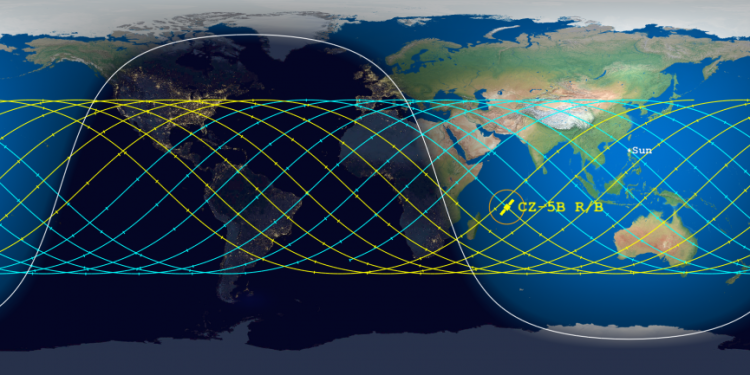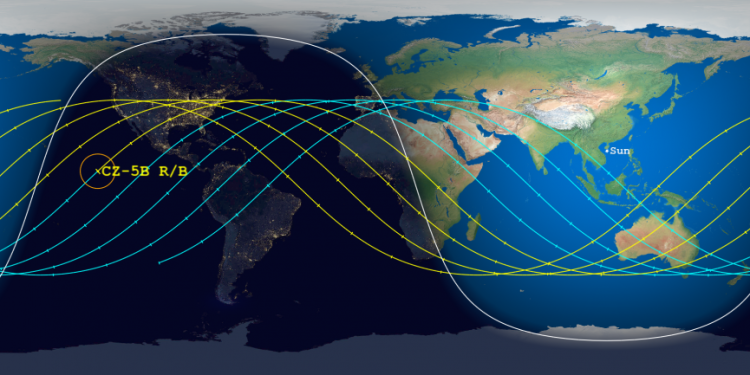Chinese astronauts successfully launched into space
The new colonial movement: Using its Long March 2F rocket China tonight (June 17th in China) successfully launched three astronauts into orbit on their Shenzhou manned capsule for a planned three month mission to the first module of their new space station.
The most recent update as I post this:
Chinese mission control has confirmed today’s launch was a success, placing the Shenzhou 12 capsule into an orbit ranging in altitude between 120 miles (220 kilometers) and 208 miles (335 kilometers). Docking with the Tianhe core module is expected in approximately six hours. The rendezvous will be fully automated.
No word on where the four strap-on boosters and core stage landed within interior China.
The leaders in the 2021 launch race:
18 SpaceX
17 China
8 Russia
3 Northrop Grumman
The U.S. still leads China 26 to 17 in the national rankings, and will add to that lead if a planned SpaceX launch tomorrow goes as planned.
The new colonial movement: Using its Long March 2F rocket China tonight (June 17th in China) successfully launched three astronauts into orbit on their Shenzhou manned capsule for a planned three month mission to the first module of their new space station.
The most recent update as I post this:
Chinese mission control has confirmed today’s launch was a success, placing the Shenzhou 12 capsule into an orbit ranging in altitude between 120 miles (220 kilometers) and 208 miles (335 kilometers). Docking with the Tianhe core module is expected in approximately six hours. The rendezvous will be fully automated.
No word on where the four strap-on boosters and core stage landed within interior China.
The leaders in the 2021 launch race:
18 SpaceX
17 China
8 Russia
3 Northrop Grumman
The U.S. still leads China 26 to 17 in the national rankings, and will add to that lead if a planned SpaceX launch tomorrow goes as planned.













